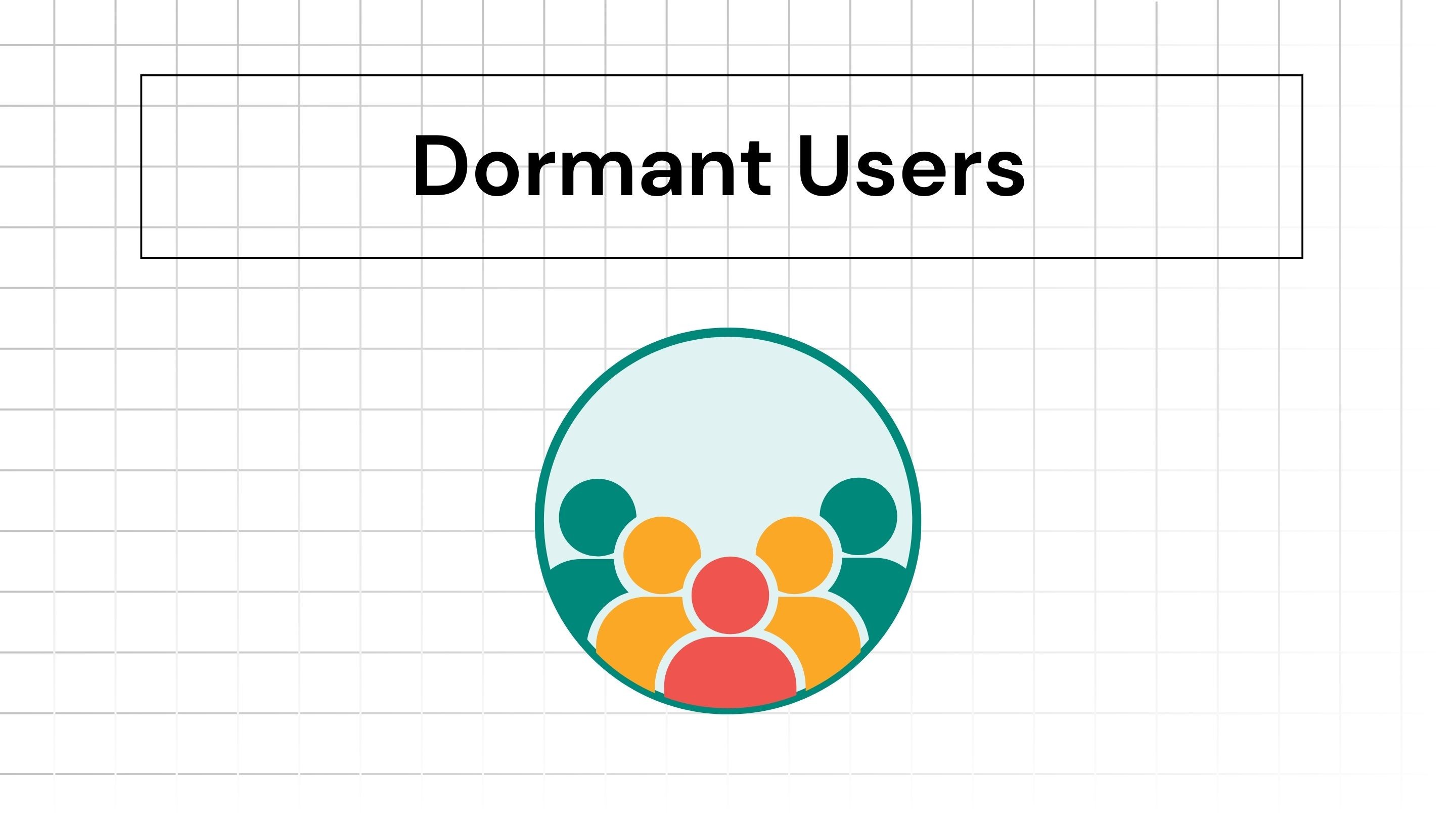
Iterate AI
Jan 24, 2025
There are numerous times when you sign up for a newsletter and then never read any of it. Sometimes, you will read the first few newsletters and then stop because it was not engaging for you or not relevant anymore.
This behavior is common for apps as well. And the users who don’t engage are called dormant users.
Let’s be honest. You cannot bring make a significant amount of dormant users active again. Sometimes, they are genuinely not interested or already loyal to your competitor or signed up just to check out your app as they were curious.
However, there are certainly some opportunities and let’s understand why this happens and how to bring them back.
Who Are Dormant Users?
Dormant users are those who signed up, engaged with your product for a while, and then stopped. They might not have unsubscribed or deleted their account, but their activity level has dropped significantly or gone to zero.
There is an opportunity as:
They already know your product: Unlike new users, they’re familiar with your brand.
They’ve shown intent: At one point, they believed your product could solve a problem for them.
Re-acquisition is cost-effective: It’s often cheaper to win back dormant users than to acquire new ones.
However, they have also gone dormant for a reason. When you find a pattern in it you can easily strategize around it.
Why Do Users Go Dormant?
To re-engage dormant users, you first need to understand why they stopped engaging. The biggest challenge with dormant users is that you won’t engage with your surveys or calls to tell you why they are dormant. You either have to fly with assumptions or go for the common reasons and then validate. Common reasons include:
Lack of perceived value: They don’t see the benefits of your product anymore.
Poor onboarding experience: They never fully understood how to use your product.
Feature fatigue or complexity: The product became overwhelming or confusing.
Changing needs: Their circumstances or priorities shifted.
Technical or usability issues: Bugs, slow performance, or lack of mobile optimization.
Strategies to Re-Engage Dormant Users
Segment and Analyze Your Dormant Users
Group users by activity levels, demographics, or usage patterns. Identify trends: Did they stop engaging after a specific update or feature rollout? Use analytics tools to uncover insights about their journey.
Identify and Address Pain Points
Conduct surveys or interviews to understand their frustrations. Monitor customer support tickets for recurring issues.
Personalized Re-Engagement Campaigns
Use email or push notifications to reach out. Highlight new features, updates, or fixes addressing previous concerns. Include personalized messages that reference their past activity (e.g., "We noticed you loved X feature; here’s what’s new!").
Offer Incentives
Discounts, exclusive content, or free trials can entice users to return. Gamify their return with challenges or rewards.
Simplify Onboarding for Returning Users
Create tailored onboarding flows that focus on what’s new or improved. Offer quick-start guides or tutorials to help them get back on track.
Leverage Social Proof and Community
Showcase testimonials, case studies, or user success stories. Encourage participation in user communities, forums, or events.
Regularly Communicate Value
Send periodic updates about how your product is evolving. Share tips or use cases that demonstrate ongoing value.
Experiment and Iterate
Test different messaging, incentives, and timing. Monitor the results and refine your approach.
Measuring the Success of your re-engagement efforts
To gauge the effectiveness of your re-engagement efforts, track the following metrics:
Reactivation rate: Percentage of dormant users who return to active status.
Time to reactivation: How long it takes to bring users back.
Churn reduction: The long-term impact on overall churn rates.
Engagement metrics: Frequency, duration, and depth of usage post-reactivation.
Proactive Prevention: Keeping Users Engaged
While reviving dormant users is important, preventing users from going dormant in the first place is even better. Focus on providing ongoing education and tips as users explore your product. Use notifications and other channels that work for you to remind users of key features or actions.
Most importantly, listen to your users and regularly solicit user input to address concerns and improve. You can now easily listen with product analytics that gives you in-depth data on user behavior. You can set it up in no time with Iterate AI as it helps you with event planning, tracking and coding. Schedule a demo to learn more.
Always put efforts into keeping the product fresh with updates based on user needs.
Dormant users aren’t lost causes. By understanding their needs, addressing their pain points, and offering compelling reasons to return, you can bring them back into the fold and strengthen your product’s community.
